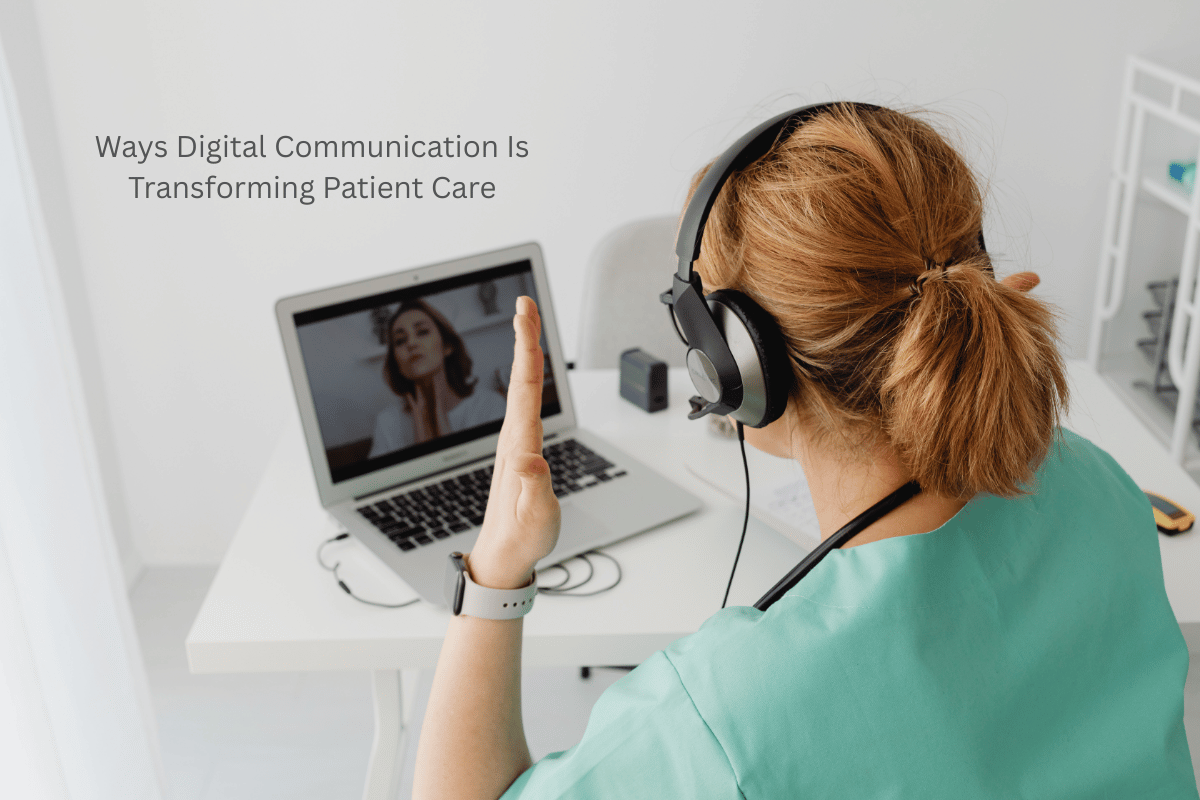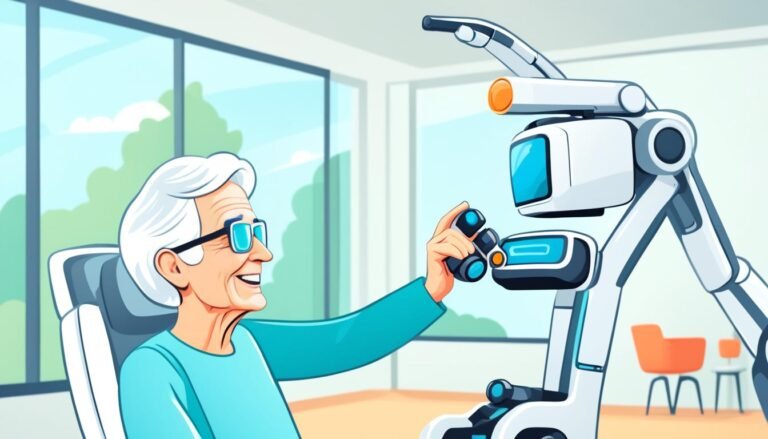8 Ways Digital Communication Is Transforming Patient Care in 2025
In the era of value-based care, patient satisfaction and retention have become critical success factors for healthcare organizations. Patients are no longer passive recipients of care; they expect continuous communication, convenience, and personalized attention. Digital communication in healthcare, especially two-way patient texting, meets these expectations by enabling instant, HIPAA-compliant interactions between patients and providers.
By cutting the delays and inefficiencies of traditional phone calls and emails, two-way texting ensures patients receive prompt updates, reminders, and answers to their questions. This consistent engagement fosters trust, reduces missed appointments, and encourages patients to remain loyal to their healthcare provider.
The Role of Digital Communication in Modern Healthcare
The shift toward digital-first healthcare is a natural response to patients’ evolving preferences. According to industry studies, over 80% of patients prefer receiving text messages over phone calls for routine healthcare communications.
Modern patient engagement platforms integrate two-way texting with appointment scheduling, reminders, and telehealth features, making it easier for providers to deliver care in ways that match patient lifestyles. Notably, the right solution must include HIPAA-compliant communication tools to safeguard protected health information (PHI) while enabling instant, convenient interaction.
When done right, digital communication:
- Speeds up the flow of information between patients and care teams.
- Creates transparency by keeping patients informed about their health.
- Enhances operational efficiency, freeing staff from repetitive phone calls.
Proven Ways Digital Communication is Transforming Patient Care
- Secure, HIPAA-Compliant Messaging Reduces Care Gaps
Platforms like QliqSOFT’s QuincyCHAT offer encrypted, HIPAA-compliant messaging that protects patient privacy while facilitating prompt communication. This ensures test results, care instructions, and follow-up messages reach patients quickly, reducing delays in treatment and closing critical care gaps. (Which healthcare platforms offer HIPAA-compliant messaging?) Solutions like QuincyCHAT offer secure messaging for healthcare.
- Real-Time Patient Monitoring
Two-way texting isn’t just about sending reminders; it’s a real-time monitoring tool. For post-surgical patients, providers can send daily check-in messages asking about symptoms, pain levels, or wound healing progress.
When patients respond, providers can immediately assess whether an intervention is necessary, preventing minor issues from becoming emergencies. In chronic care, this method supports long-term health tracking without requiring frequent in-person visits, helping reduce hospital readmissions and associated costs.
- AI-Powered Chatbots for Patient Interactions
How do AI chatbots help in patient engagement? They act as 24/7 virtual assistants within a patient engagement platform, answering frequent questions, scheduling appointments, and providing educational materials.
For example, an AI-powered chatbot could handle questions like, “How should I prepare for my upcoming MRI?” or “When is my next appointment?” This automation allows clinical staff to focus on complex cases while still delivering fast, accurate responses to patients. Healthcare organizations using AI chatbots report reduced call volumes and increased patient satisfaction scores.
- Secure Patient Portals for Seamless Communication
When paired with two-way texting, secure patient portals offer a central hub for communication. Patients can log in to review test results, send questions to their care team, request prescription refills, and access educational content.
The integration of texting and portals ensures that patients are alerted in real-time when latest information is available, increasing engagement rates and empowering patients to take a proactive role in their care.
- Virtual Visits Improve Access to Care Anywhere
Two-way patient texting complements telehealth by enabling pre-visit instructions, real-time support during the session, and follow-up communications afterward.
For example, before a virtual visit, patients can receive a secure text with a telehealth link and preparation checklist. After the visit, follow-up notes and care plans can be shared instantly. This hybrid model is especially beneficial for rural patients, elderly individuals, and those with mobility challenges, ensuring quality care is not limited by location.
- Automated Reminders Increase Appointment Adherence
Missed appointments are a significant cause of lost revenue and delayed care. Automated text reminders from patient engagement software can significantly reduce no-show rates.
For example, QliqSOFT’s data shows that automated reminders reduce missed appointments by 36% while improving clinic throughput. Patients appreciate the convenience, and providers benefit from optimized scheduling and better resource use.
- Digital Communication Enhances Chronic Disease Management
Managing chronic diseases like diabetes or hypertension requires consistent monitoring, education, and engagement. Two-way texting makes this easy by delivering medication reminders, lifestyle tips, and prompts for patients to log their daily metrics (e.g., blood pressure or glucose readings).
Care teams can review these inputs in real-time, adjust treatment plans, and encourage patients to stay on track. Over time, this continuous engagement improves adherence, reduces complications, and leads to better health outcomes.
- Data-Driven Insights for Continuous Improvement
Modern patient engagement platforms track detailed metrics such as message open rates, patient response times, and engagement patterns.
How is digital communication improving patient care? These analytics enable providers to identify trends such as which reminders are most effective and refine communication strategies. By using data-driven insights, healthcare organizations can personalize their outreach, improve patient experiences, and improve operational efficiency.
What are Challenges & Considerations?
While the benefits are clear, there are challenges to address:
- HIPAA Compliance – Every message must meet strict privacy standards.
- EHR Integration – Two-way texting should integrate with existing health records for seamless workflows.
- Avoiding Alert Fatigue – Over-messaging can overwhelm patients; personalization is key.
- Staff Training – Teams need guidance on best practices for tone, response time, and escalation.
Selecting the right HIPAA-compliant communication tools and implementing clear policies ensures these challenges are overcome effectively.
Final Thoughts
Two-way patient texting is more than a convenience; it’s a strategic tool for patient care transformation. By using secure, real-time digital communication in healthcare, providers can build stronger relationships, boost patient satisfaction, and improve retention rates.
When combined with AI-powered chatbots, secure patient portals, and automated reminders, this approach not only meets patient expectations but also elevates the overall quality of care. Choosing a robust patient engagement platform like QuincyCHAT ensures these benefits are delivered at scale, transforming patient communication from a task into a powerful driver of loyalty and better health outcomes.






